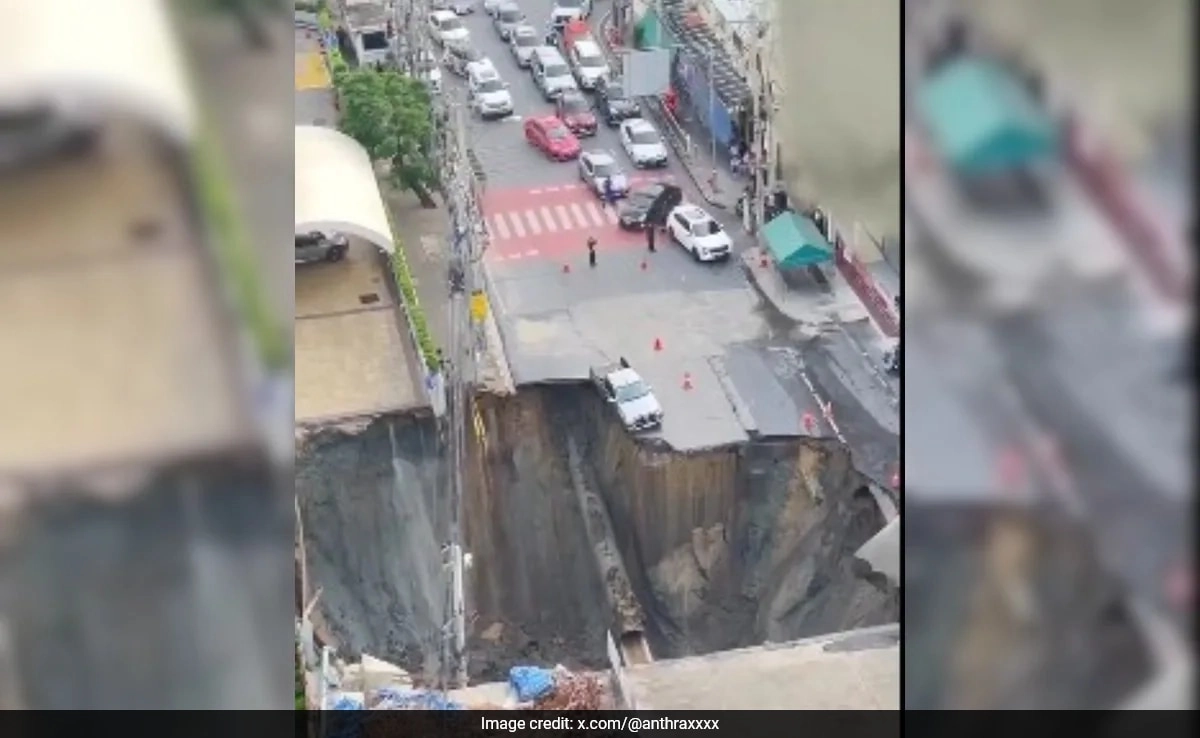An asteroid larger than the Golden Gate Bridge is on a trajectory that brings it close to Earth, sparking interest and concern among scientists and space enthusiasts alike. This celestial body, designated as 2023 DZ2, measures approximately 1,080 feet in width, making it significantly larger than the iconic San Francisco landmark, which spans about 8,981 feet. As it approaches our planet, astronomers are closely monitoring its path to ensure public safety and to gather valuable data about such near-Earth objects.
NASA has classified 2023 DZ2 as a potentially hazardous asteroid due to its size and proximity to Earth. While it is not expected to collide with our planet, its close flyby serves as a reminder of the ever-present risks posed by space debris. The asteroid is projected to make its closest approach on March 25, 2023, passing within about 100,000 miles of Earth, a distance that is roughly equivalent to that of the Moon. This event provides an excellent opportunity for scientists to study the asteroid’s composition and behavior, contributing to our understanding of similar objects that could pose a threat in the future.
Public interest in asteroids has grown significantly in recent years, fueled by advancements in technology and increased accessibility to space exploration. Events like the approach of 2023 DZ2 highlight the importance of ongoing research and monitoring of near-Earth objects. Organizations like NASA and various international space agencies are committed to tracking asteroids and developing strategies to mitigate potential threats. Additionally, educational programs aim to raise awareness about the significance of space exploration and the need for preparedness in the face of cosmic challenges. As we continue to explore our solar system, the study of asteroids like 2023 DZ2 will be crucial in ensuring the safety of our planet while unlocking the mysteries of the universe.




